1944 Insurrection: mixed reality visit to the Rol command post
The Museum of the Liberation of Paris is the first historical site to propose the exceptional opportunity of experiencing mixed reality in the physical setting of a shelter conserved in the way it existed in 1944. It is also the first museum to be equipped with mixed reality headsets for its permanent collections.
What is mixed reality?
Mixed reality enables showing virtual scenes in the real world using special glasses. In contrast to augmented reality, the visitor is free to move about. There is no need for a screen to access content. Whereas virtual reality would interfere with the pleasure of discovering the site, mixed reality enriches content while enabling visitors to observe the actual setting.
Created on a solid scientific basis and using archival images, the experience features high-quality intrigue thanks to a narration that is very real, well designed and well structured. It provides unequaled interactivity because the technological quality of a mixed reality headset allows triggering interactions with the virtual characters according to the movement of the visitor’s retina.
To transcribe the reality of life in the Rol command post, scientific research focused on a video archive filmed in the shelter on the day after the Liberation of Paris, where Colonel Rol and his team can be seen. The actual emplacements of scenes from the video were identified through scientific investigation. Visitors are immersed in scenes inspired by this archive and can visualize them in the exact places where they were filmed in 1944.
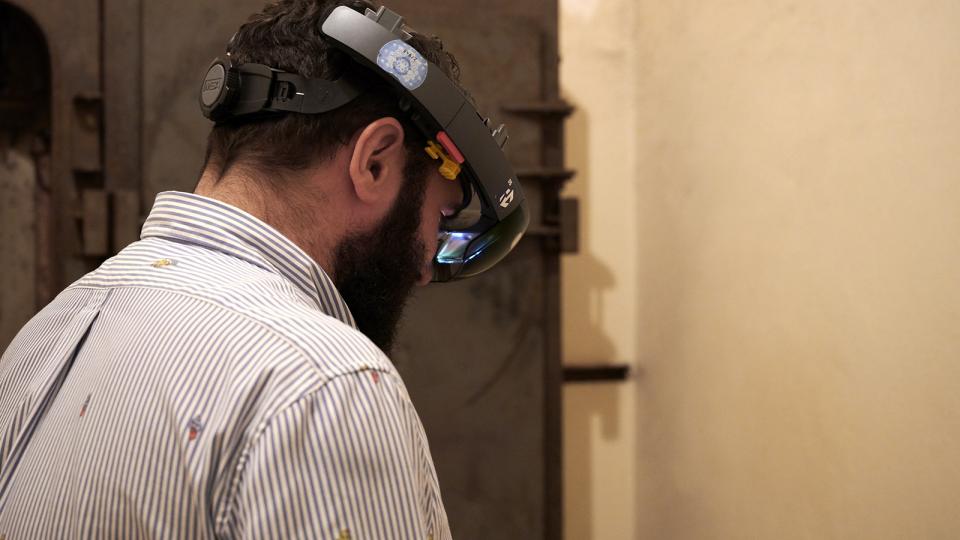
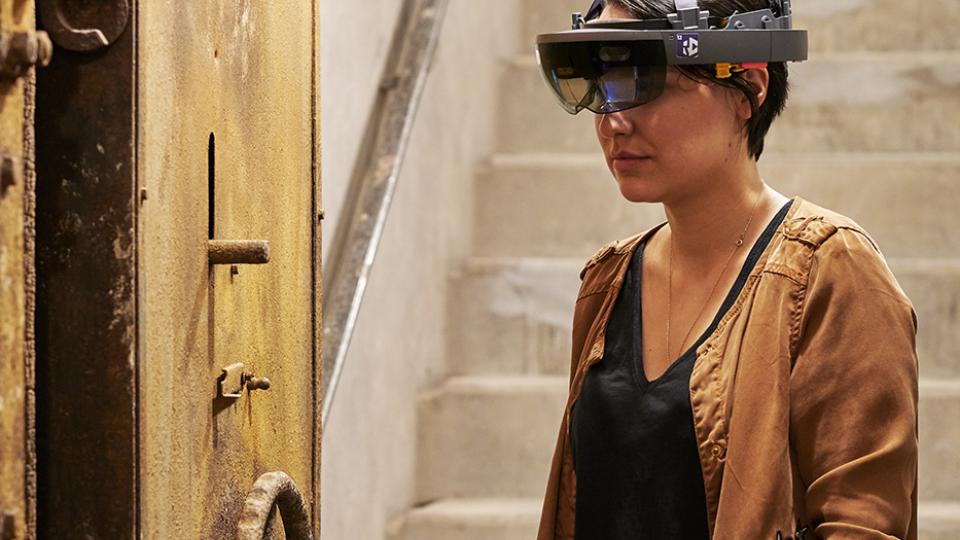
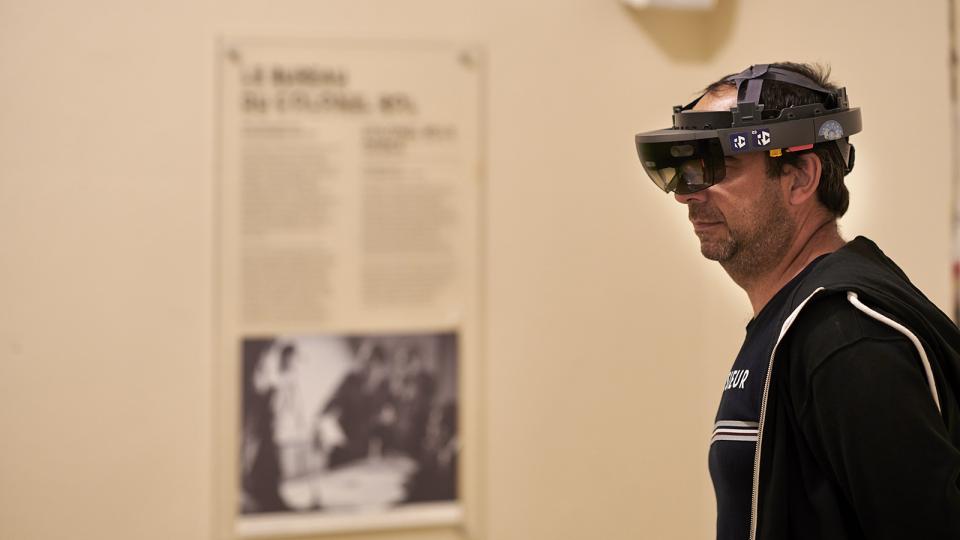
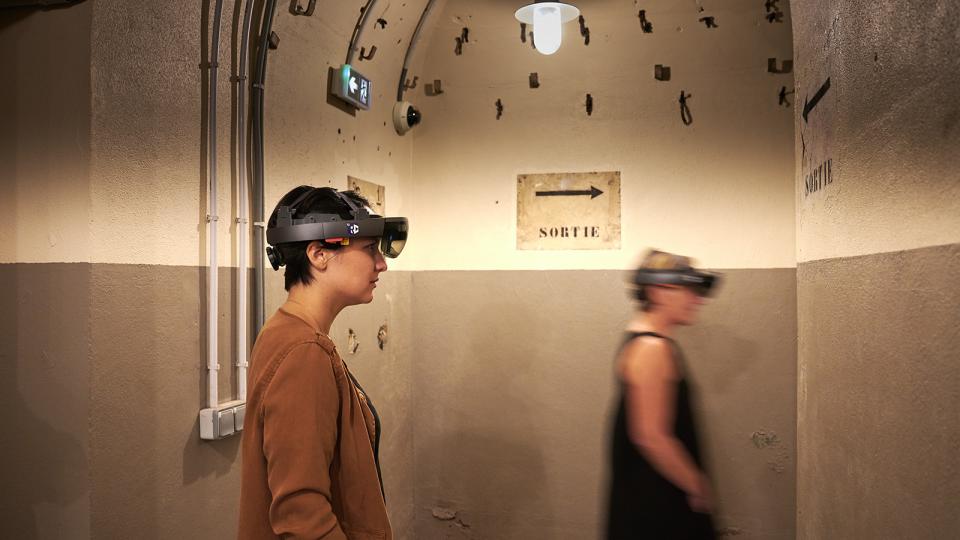
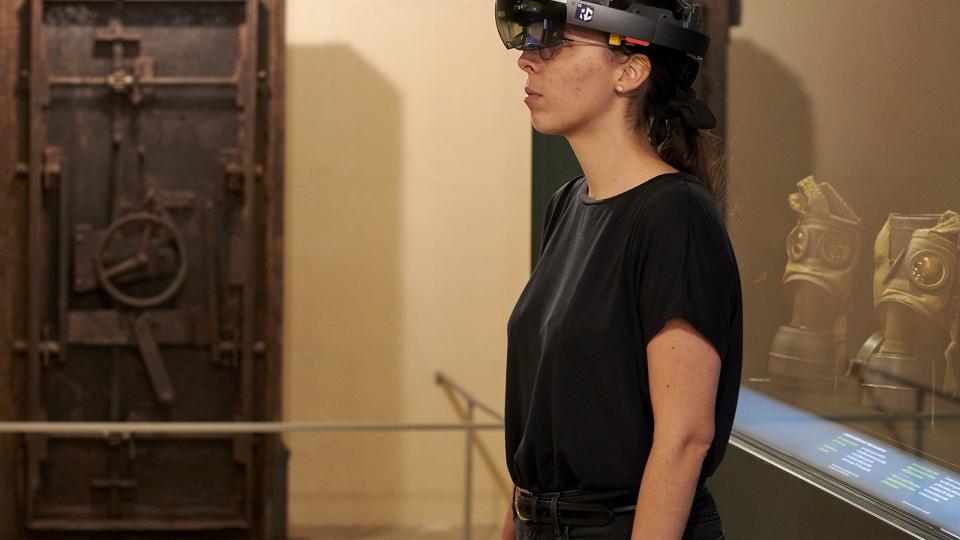
In the summer of 1944, tension is building in Paris. For two months, the Allies have been confronted with the fierce defense of Germany troops in Normandy. Parisians are waiting. For General de Gaulle, the liberation of Paris is the political culmination of the liberation of France. Events accelerate in mid August. Colonel Rol, head of the French Forces of the Interior for the Ile-de-France region, decides to mobilize on August 18. The National Center of Resistance calls for an insurrection.
Groups from the French Forces of the Interior harass the Germans in the streets of Paris. First police headquarters and City Hall are overtaken, and then barricades are built. The heads of the Resistance fear a bloodbath and hold opposing views on how to act. The arrival of the Allies is awaited with growing impatience.
Aware of the danger and on his way from Normandy, General Leclerc, anticipates the order of a march on Paris. De Gaulle persuades Eisenhower to allow launching the French 2nd Armored Division and the American 4th Infantry Division on the capital. On the evening of August 24, the first elements of the 2nd AD arrive at City Hall in Paris. On the morning of August 25, the 2nd AD enters Paris from the south and southwest, and the 4th Infantry Division enters from the southeast.
On the following day, after bitter fighting, the French and American troops take control of the city. General von Choltitz signs the surrender of the German troops. Paris is free! The Liberation of Paris echoes around the world. The entire territory is not liberated until 1945, but French national sovereignty is re-established and the provisional government of the French Republic led by De Gaulle becomes installed in Paris.
In August 1944, the shelter was a focal point of the Liberation of Paris. From August 20-28, 1944, Henri Tanguy, alias Colonel Rol, who headed the French Forces of the Interior in the Paris area, installed his headquarters there. From this command post, operational orders were given for the Paris insurrection. The command post received written messages, phone calls and information from liaison officers about the situation in Paris, requested reinforcements and gave orders for missions and intelligence gathering. The shelter switchboard was directly connected to passive defense stations, the water department, police headquarters and the metro. This meant that 250 phone stations in Paris and the nearby suburbs were in direct contact with the command post and able to avoid the P.T.T. network (official telecommunications), which could be tapped.
The passive defense shelter was indicated on the maps of the General Quarry Inspection, and the Germans knew it existed. Every day at around 10 a.m., they called to ask about the situation in the shelter and heard that there was nothing new to report. The German services had no idea of the activities taking place under the Ledoux pavilion.
